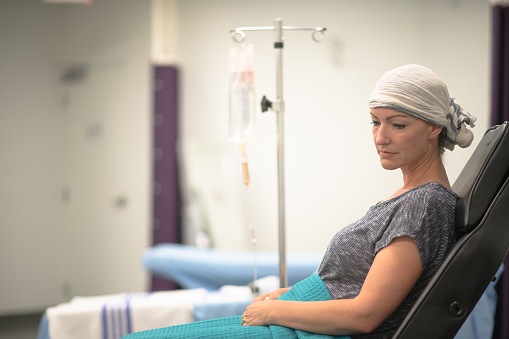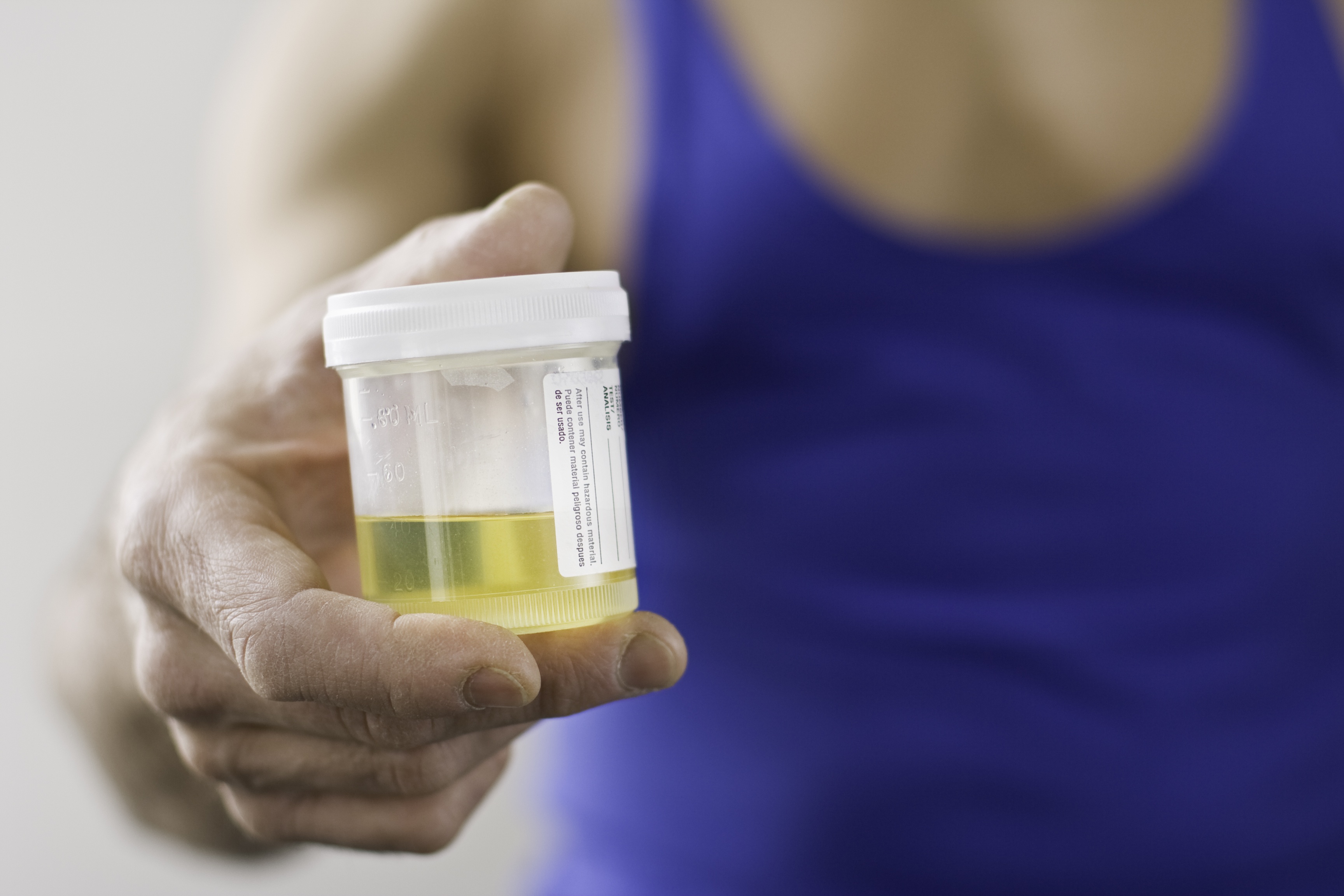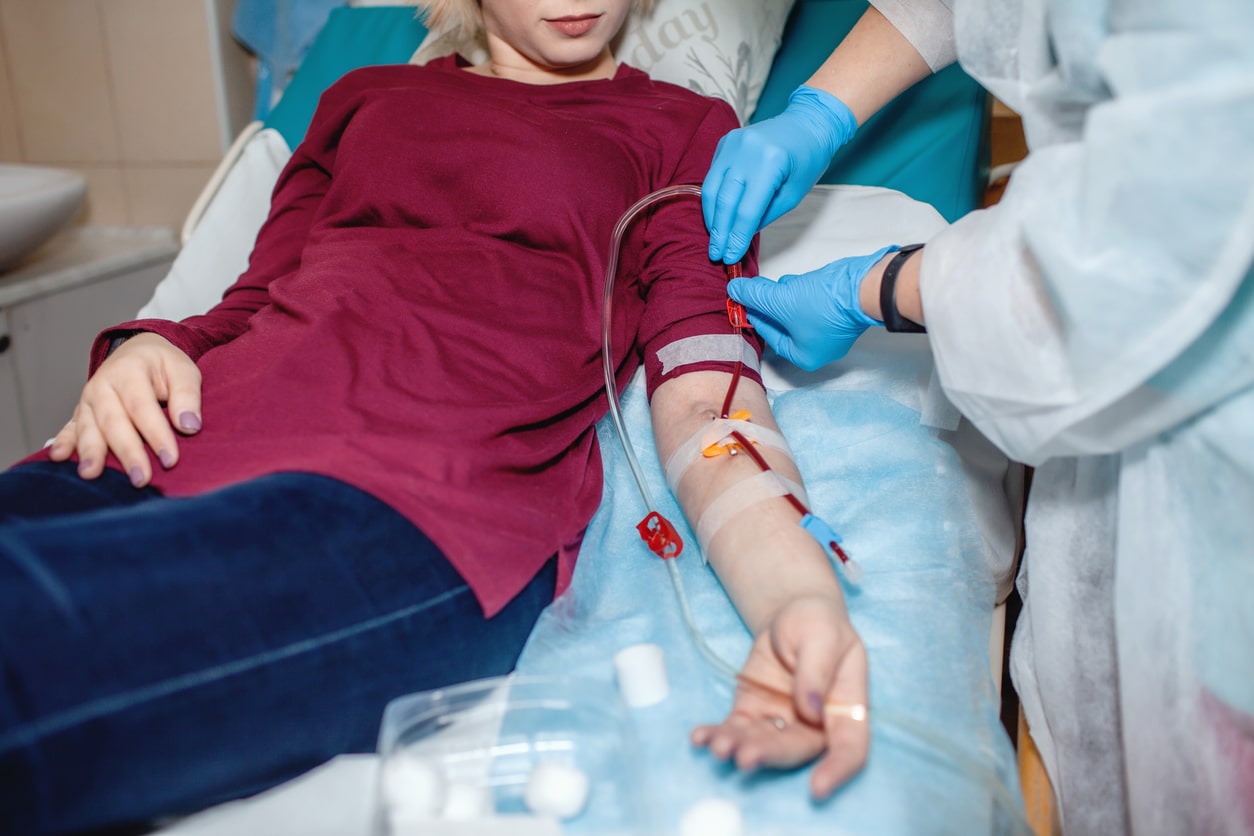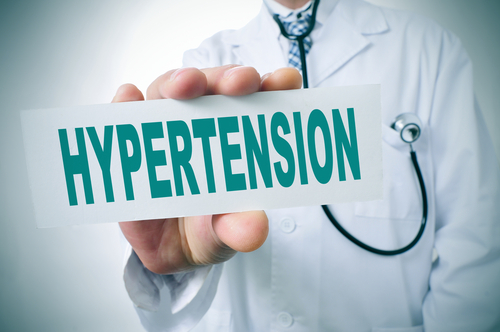
The chemotherapy drug cisplatin is used to treat a variety of cancers, including advanced bladder cancer, non-small cell lung cancer, mesothelioma, head and neck cancer, gynecologic cancers, and testicular cancers. However, cisplatin-associated acute kidney injury (CP-AKI) is a common and serious toxicity.
Accurate assessment of the patient’s susceptibility to CP-AKI could help clinicians determine the risks and benefits of cisplatin use, adjust dosing, and identify patients who need closer monitoring. That need prompted researchers, including Shruti Gupta, MD, to use data from six major US academic cancer centers to develop and externally validate a prediction model for moderate-to-severe CP-AKI. Their results were reported in BMJ.
The multicenter cohort study examined data of adult patients aged ≥18 years who received a first intravenous dose of cisplatin between 2006 and 2022. Patients with end-stage renal disease, whose baseline serum creatinine level was missing, or who were lacking at least one follow-up serum creatinine value within 14 days of first dose of cisplatin were excluded. In addition to baseline lab values, data collected included age, sex, race, ethnicity, body mass index, comorbidities, and smoking status.
The primary outcome was CP-AKI, defined as a twofold or greater increase in serum creatinine level compared with baseline or kidney replacement therapy within 14 days after the first dose of cisplatin, consistent with stage 2 or 3 AKI defined by Kidney Disease Improving Global Outcomes guidelines.
The researchers used a multivariable logistic regression model to identify independent predictors of CP-AKI in a derivation cohort and tested them in a validation cohort. In the primary model, they assessed continuous variables using restricted cubic splines. They developed a simple risk model consisting of nine covariates by converting the odds ratios from the primary model into risk points. Then, they applied a multivariable Cox model to study the association between the severity of CP-AKI and 90-day survival.
There were 34,122 patients in the study: 15,752 comprising the derivation cohort and 18,370 comprising the validation cohort. After exclusion criteria were applied, the final dataset comprised 11,766 patients in the derivation cohort and 12,951 in the validation cohort; median age was 59 years (interquartile range [IQR] 50-67) and 60 years (IQR 50-67) in each cohort, respectively. Baseline characteristics were mostly similar between the two groups. Patients in the derivation cohort received a higher median dose of cisplatin versus patients in the validation cohort. CP-AKI occurred in 5.2% (n=608) of patients in the derivation cohort and 3.3% (n=421) in the validation cohort. The incidence rates of CP-AKI were largely unchanged over time. In the investigation of primary outcomes, age, hypertension, diabetes mellitus, serum creatinine level, hemoglobin level, white blood cell count, platelet count, serum albumin level, serum magnesium level, and cisplatin dose were independently associated with a risk of CP-AKI.
The risk score predicted a higher risk of CP-AKI in a monotonic way in both the derivation and validation cohorts. Patients in the highest risk category had 24.00-fold (95% CI, 13.49-fold to 42.78-fold) higher odds of CP-AKI in the derivation cohort and 17.87-fold (10.56-fold to 29.60-fold) higher odds in the validation cohort compared with those in the lowest risk category. More severe CP-AKI was monotonically associated with shorter 90-day survival (adjusted hazard ratio, 4.63; 95% CI, 3.56-6.02 for stage 3 CP-AKI vs no CP-AKI). C statistics for previously published models ranged from 0.60 to 0.68. The primary model developed for this study had a C statistic of 0.75 and demonstrated better discrimination for CP-AKI than previously published models.
The authors acknowledge limitations of the study. Data on medications used at home were not available. Cancer type could not be differentiated based on International Classification of Diseases codes, so the association between severity of CP-AKI and survival should be interpreted with caution. The study was limited to US centers. Discrimination of the primary model was modest, with a C statistic of 0.75, although the researchers point out that their model outperformed all previous models, both for primary and secondary outcomes.
In sum, the simple risk score that the researchers developed was able to predict the risk of severe CP-AKI, which is strongly associated with death. The authors concluded, “We developed a simple, externally validated risk score for severe CP-AKI. This model should help providers weigh the risks and benefits of cisplatin and will allow for enrichment of prospective studies designed to prevent CP-AKI.”
Source: BMJ







 © 2025 Mashup Media, LLC, a Formedics Property. All Rights Reserved.
© 2025 Mashup Media, LLC, a Formedics Property. All Rights Reserved.